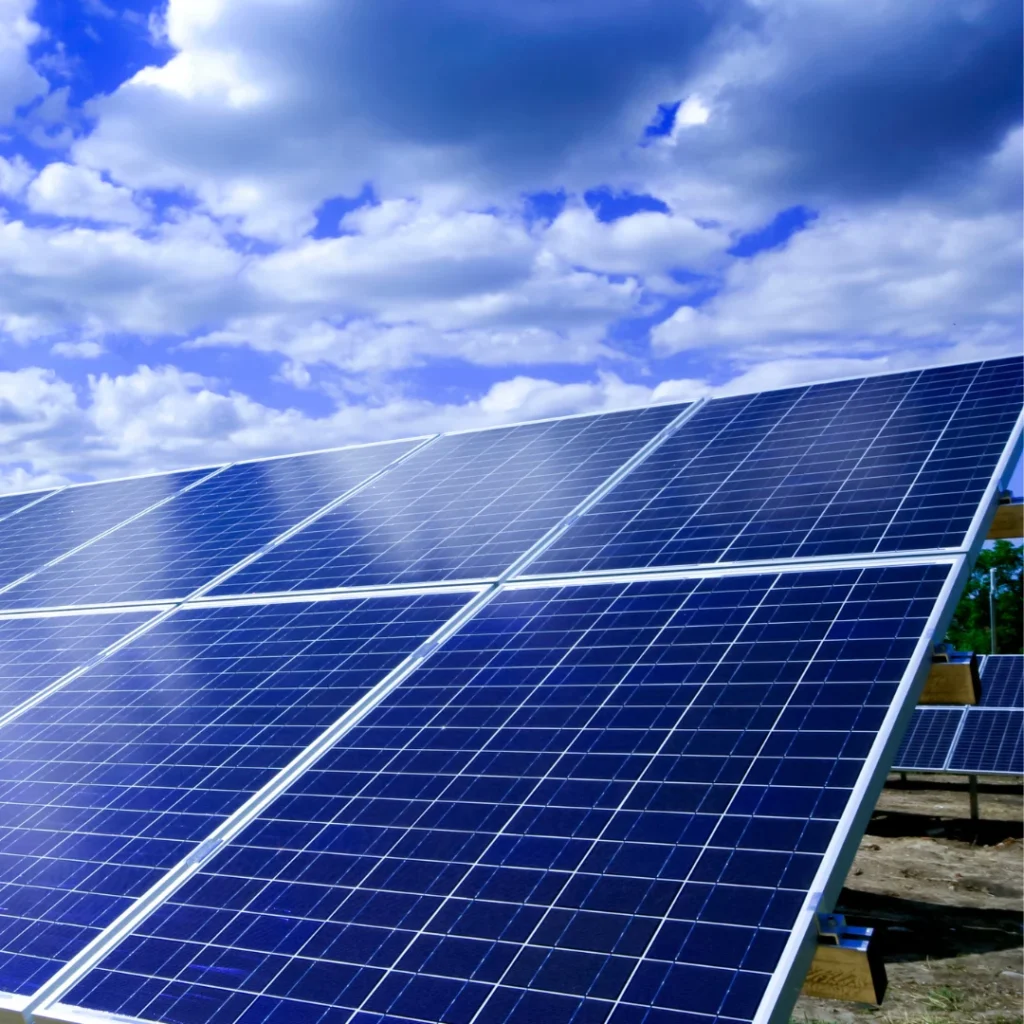India, a nation of over 1.4 billion people, is no stranger to power outages. From rural villages to major urban centers, electricity blackouts are a persistent problem that affects businesses, education, healthcare, and everyday life. As the demand for electricity continues to rise, the question becomes more urgent: Is solar the answer to India’s power outages?
In recent years, solar power India has gained significant momentum. With abundant sunlight across most of its regions, India is naturally positioned to harness solar energy on a massive scale. The government’s initiatives like the National Solar Mission and ambitious targets of installing 280 GW of solar capacity by 2030 show a clear shift toward renewables. But can this shift actually solve the country’s long-standing electricity woes?

The Scope of the Problem
India’s electricity infrastructure still struggles with inefficiencies. Aging power plants, overloaded grids, and transmission losses contribute to frequent outages. Additionally, coal, which supplies over 70% of the country’s electricity, faces environmental and supply chain challenges. This has left many regions vulnerable to scheduled and unscheduled load shedding.
It’s within this context that solar power India presents a promising alternative. Unlike fossil fuels, solar energy is clean, abundant, and increasingly affordable. For a country battling climate change and power insecurity, solar offers a two-fold solution.
How Solar Can Help
The biggest advantage of solar energy is its decentralization potential. Instead of depending solely on central grids, solar installations—especially rooftop systems and community solar farms—can provide localized power generation. This is a game-changer for rural and remote areas where grid access is limited or unstable.
Moreover, the dropping cost of solar panels has made adoption more feasible than ever. In the last decade, the cost of installing solar systems in India has decreased by over 80%, making solar not only sustainable but also economically sensible. This has led to a rise in residential and commercial installations, helping reduce grid load during peak hours.
Still, solar alone isn’t a silver bullet. For solar power India to be a true answer to power outages, energy storage must become a priority. Solar generation peaks during the day, but consumption continues into the evening. Without reliable battery storage or hybrid systems, solar power’s effectiveness remains limited after sunset.
The Role of Storage and Smart Grids
The good news is that India is starting to recognize the need for storage solutions. Several state governments are now investing in solar plus battery systems, especially for healthcare centers, schools, and critical infrastructure. In some states, solar microgrids with storage have already eliminated outages for entire villages.
Smart grid technologies are also emerging, allowing better integration of renewable sources like solar into the national grid. With real-time monitoring and predictive algorithms, smart grids can dynamically balance supply and demand, reducing reliance on backup diesel generators.
When combined with these innovations, solar power India becomes a much stronger solution. It’s not just about generating electricity—it’s about delivering reliable, round-the-clock energy.
Barriers to Overcome
Despite the progress, challenges remain. High upfront costs, even if falling, still deter some households and small businesses. Lack of awareness and technical expertise in rural regions hampers implementation. Moreover, policy inconsistencies between states sometimes create confusion for consumers and developers.
To overcome these barriers, government incentives must be streamlined and awareness campaigns intensified. Financing options, such as low-interest loans and subsidies, can also encourage more widespread adoption.
Future Outlook
If India continues to scale up solar in conjunction with storage and smart infrastructure, it can not only tackle outages but also reduce its carbon footprint dramatically. Already, solar accounts for over 15% of the country’s installed renewable capacity, and this number is set to grow.
Urban areas are seeing a rise in solar rooftops, while rural regions are benefiting from off-grid solutions. The key now is to integrate these efforts into a cohesive national energy strategy. With smart planning and continued innovation, solar power India can move from being a supplemental source to a backbone of the country’s energy future.
Conclusion
So, is solar the answer to India’s power outages? Not by itself—but with the right policies, storage systems, and infrastructure support, it’s a big part of the solution. The transition won’t happen overnight, but the foundation is already in place. And as India moves toward a more resilient and sustainable energy model, solar power India will play a leading role in lighting up lives—permanently.
licies, storage systems, and infrastructure support, it’s a big part of the solution. The transition won’t happen overnight, but the foundation is already in place. And as India moves toward a more resilient and sustainable energy model, solar power India will play a leading role in lighting up lives—permanently.
